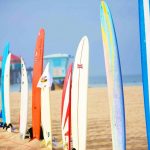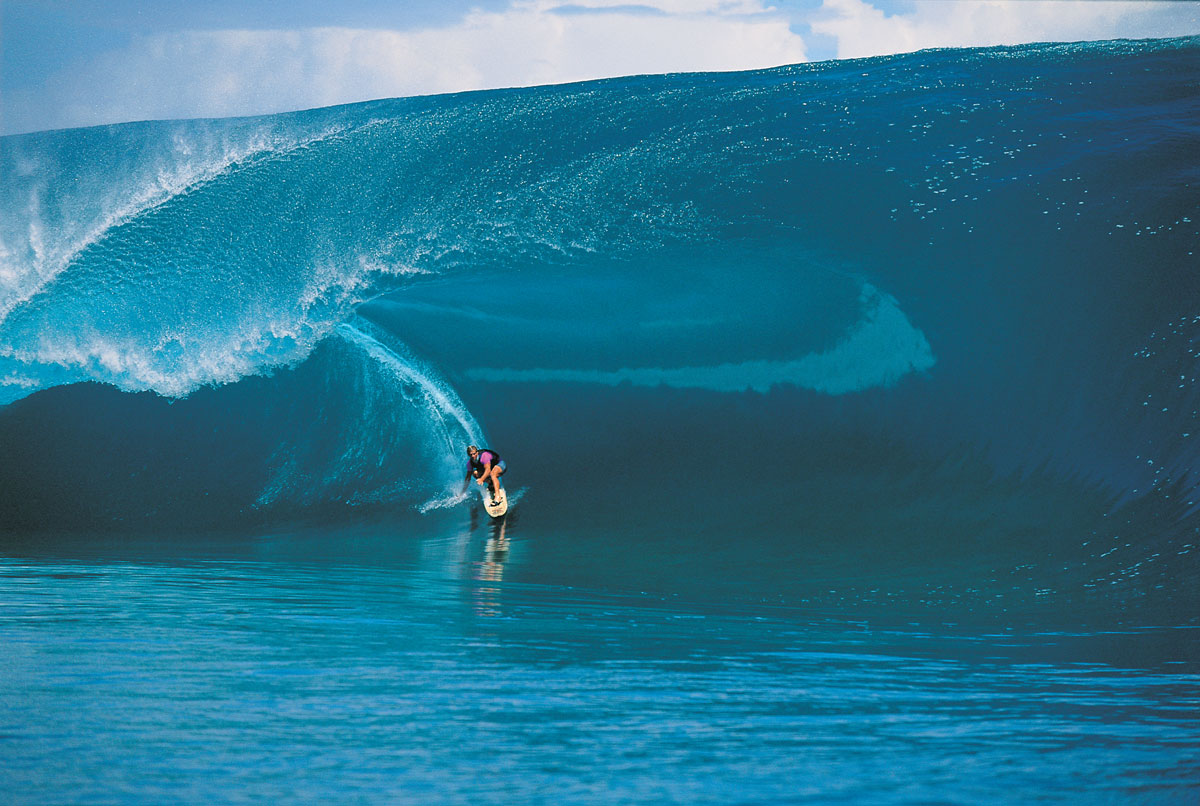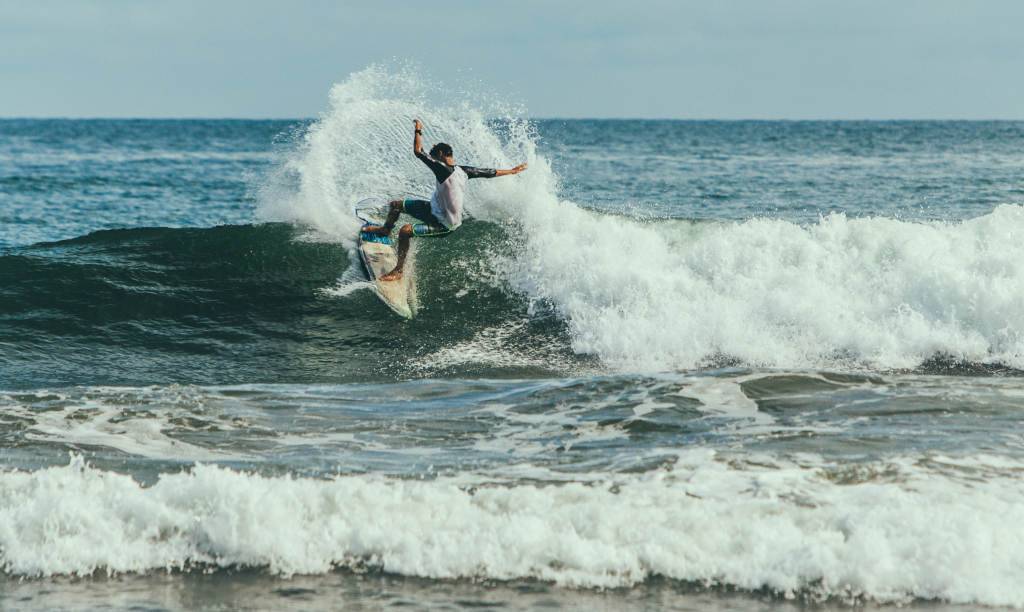With a view to offer high-value meteorological information and conduct competent meteorological data analysis, Oliver Smith launched his own forecast platform for all the seamen who were in search of such knowledge and those who would like to know more about the forthcoming surfing conditions.
That came naturally to Oliver considering his boyhood days back in Florida. Back at the time, he was working hard to think of some method to forecast the coming hurricane in the neighborhood.
In those far-off days in the absence of the global network, emailing and wave prediction models, he spent much time compiling the gathered information into forecast charts.
In 1995, Oliver Smith relocated to San Francisco and got into surfing the well-known Mavericks wave break in Half Moon Bay. It was then and there that his knowledge and experience of forecast making could be put to good use.
Our journalist, Ethan Walker, had a talk with Oliver not long ago and questioned him about his business matters in weather forecasts.
They also discussed if there was a way for surfers to forecast their personal surfing weather, the reason for surfers to be able to predict the weather, which instruments are suitable for forecasting, and what El Nino made for.

Ethan Walker: Do you think it’s important for surfers to know how to predict their personal waves and appropriate surfing weather? Why don’t they fall back upon some online services and their forecasts?
Oliver Smith: Nowadays, it looks like a mainstream that people with some slight computer knowledge can find a way to apply utility programs to create some kind of weather forecast.
That’s why there’s much said to make forecasts popularised on the internet, but their adequacy varies enormously on account of a wide range of weather factors. Therefore, understanding the whole forecast processing method, you can hardly be deceived.
Unfortunately, a good many people waste their time and finances going after a surge that is allegedly expected to come but hardly ever takes its shape in truth.
All the secret is to intentionally omit weather projections, but focus your attention on wind streams and seaways for surfing that you are personally able to observe with your own eyes.
Weather programs have a tendency to overstate their forecasts. Though, the key circumstances that must be taken seriously are the winds really starting to convey their energy to the water face; it indicates the storm is truly coming.
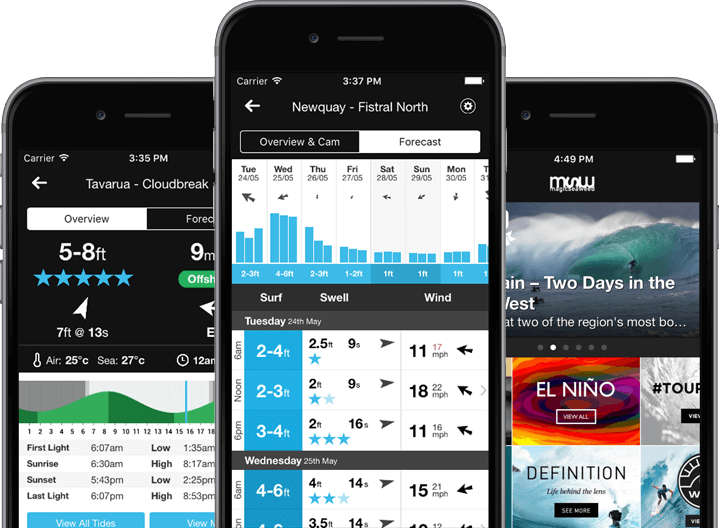
An automated weather forecast is only a computer projection program. It’s not always consistent with a real-life situation beneficial or not for surfing. You should have it in mind making a purchase.
If you want to be on the safe side, acquire knowledge and learn the ropes. Making a weather outlook is not that difficult if you know where to direct your attention.
Our forecasting platform gives you every assistance on how to make your personal weather forecast. It is undoubtedly a trustworthy source for surfing.
Basically, the site was created from the perspective of the users’ desire to make their own forecasts. So it contains loads of valuable information to assist and make the task easier for everyone.
EW: If a surfer is clueless of such meteorological peculiarities, what are the main forecast features requiring our particular regard?
OS: Taken as a whole, the key support means are:
- Buoys. They can provide information on swells, which are growing in intensity right at the moment of surfing. There’s a lot of buoys along the US coast providing early detailed insights, even 24 hours prior to the real swell.
- Wave Models. Look after a considerable wave height diagram, keeping a close watch on instantaneous changes only. As numerous forecast graphs make no more than predictions, they often tend to do wrong for surfing.
- If you engage with it seriously, embrace QuikSCAT satellite technology to check for updates on wind velocity in hurricanes faraway off the sea. The Jason-1 and Jason-2 satellites also register details as for Considerable Wave heights in those hurricanes. Use these data to create your personal surfing weather predictions.
EW: Tell us more about how we can use these graphs? Isn’t it difficult for a non-expert to understand how they work for making forecasts?
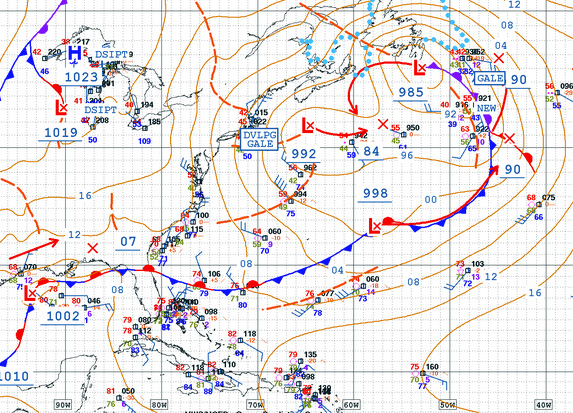
OS: The buoys seem to require little comment. However, there’s a common mistake as people take into account the considerable wave height and period. This figure includes the total of all energy striking the buoy at the specific time point.
If 3 swells occur in the sea, the considerable wave height sums all of the three together, resulting in a noticeably higher rate compared to the swell actually breaking the coast. In real practice of weather forecasts, you only need the exact height and interval of each particular swell.
Our platform specializes in these peculiar characteristics and furnishes all necessary information required for surfing.
EW: Is it ever possible to project the swell size?
OS: Swell size is calculated using a single wave height spreading from the wind fetch. When the wind-generated waves drift in the direction away from the fetch area, the restless components of that infant swell begin to die down.
Eventually, it resolves itself to the pure swell energy. It resembles throwing a stone into a lake, where the stone is the wind, and the waves spreading off from the epicenter is the swell.
On our platform, you can enjoy access to the core charts that will assist you in forecasting the recession level far out at high seas. The longer the distance to the seashore, the higher is the decline rate of the swell.
However, stronger stormy winds producing the swells increase the speed, making the swell recede at a slower pace. As you’ve noticed, the distance, wind velocity, swell period, and recession pace are all directly interconnected.
EW: There’s El Nino coming. Can you explain how it is relating to surfing?
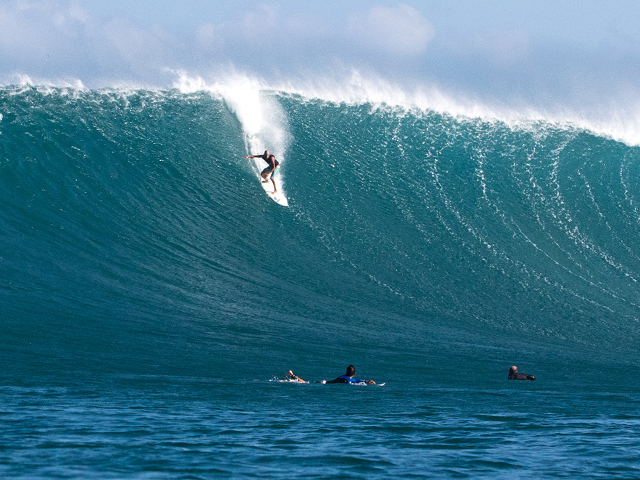
OS: As you may know, during winter and fall days, El Nino accelerates the speed and arrangement of the North Pacific jet current. It usually develops an intense trough across the calendar line shifting towards the Western Gulf of Alaska.
This trough stimulates and contributes to the reduction of pressure on the surface waters. Besides, El Nino is inclined to rechannel tropical ecosystems from the West Pacific towards the East.
Meeting the trough in the stream motion, these systems summon the strength with renewed energy, creating more violent weather conditions and continuous storms.
As a brief summary, throughout the development of El Nino, we can observe how Fall and Winter hurricanes in the Northern Pacific rapidly grow in their intensity. Every next summer, the South Pacific storm follows the example, gathering its pace in kind. However, what makes all the difference is the El Nino strength.
A weak El Nino is of little consequence to the weather, as compared to a powerful El Nino, which can cause groundswell and heavy rains along the Southwest US coast. La Nina, in its turn, is prone to neutralize the North Pacific hurricanes, but intensify the tropical weather activity in the Atlantic.
That’s why, with regard to surfing, El Nino is more advantageous for the Pacific, whilst La Nina benefits the Atlantic.
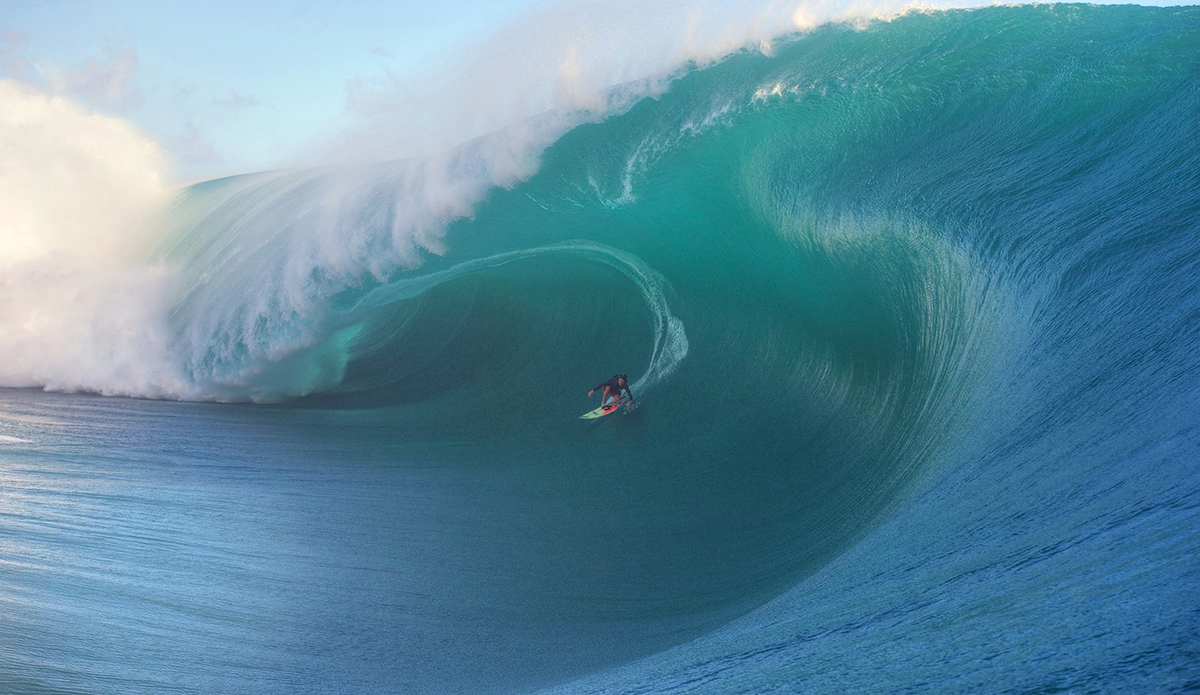
EW: What should we focus on so that not to be deceived by weather reports, surfing forecasts, or other meteorological information on weather?
OS: For my own part, the main weather variables are true swell height, its period, and direction. Though it may seem a bit unexpected, the swell period commonly is of greater importance in comparison with the swell size itself.
2 ft per 20 secs may equal or even surpass the swell of 7 ft per 6 secs. Both patterns will cause a near 4 ft wave, and with a favored bottom it may reach the point of 5-6 ft on condition of a long-period wave.
This interval, influenced by the wind speed developing the swell, is an essential aspect of challenging surfing sessions. As for me, I prefer to keep out of inconvenient ways and refrain from surfing if the period goes beyond 13 seconds.
EW: A great many surfers would like to take an occasion to enrich their surfing adventures and habits. Will weather forecast skills be of any value for them?
OS: That’s an interesting question. Some situations may present a threat to first-timers and mid-level surfers.
For instance, the unfavorable scenario occurs when the surfing session starts with small swell but during the very core of the riding, it intensifies with the benefit of a powerful groundswell. I’ve witnessed the waves grow tall from 2 ft to 20 ft just within 2 hours.
Therefore, it’s worth staying informed on weather forecasts to keep you safe and secure. At least, put off your surfing intentions until you are aware of a weather prognosis for the nearest 12 hours.
We should also have in view that automated wave forecast models not always pay due consideration to the precursors of great long period swells. And when the graphs show large incoming waves, make sure that they will most likely swell earlier than predicted.
Alternatively, a big wind swell of 2‒3 ft tall with a shorter period of 8-12 sec is significantly more bearable. So stay away from the long period swells if you want to prevent injury and protect yourself from harm while surfing.
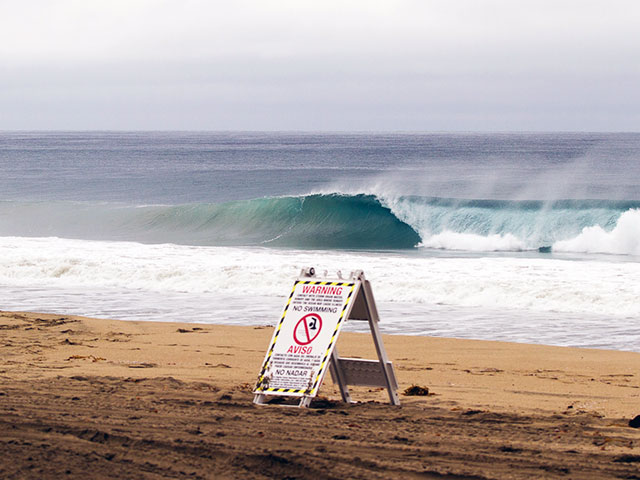
EW: How come that various meteorological sources occasionally produce different reports, particularly with regard to the long-term surfing weather projections of a week or more ahead?
OS: A great deal depends on models. The considerable incoherence in the forecast models results from one checking to the other, most notably when the storm is only a computer-aided weather diagram.
There are occasions when the first report of the model predicts a storm of 40 ft waves, the second shows it’s vanished, and the last checking reads it’s back with just 25 ft waves. One can say it’s a combination of what kind of data you’re using and how far ahead you are checking the weather perspectives.
The models may prove to be unreliable days and weeks prior to a real hurricane, so view it with a special eye.
What chiefly matters is actual winds over the seas while surfing. All the rest is only a computer program forecast and presumption.
EW: How to gain the major benefit by applying to surfing graphs and knowledge you share?
OS: There’s so much helpful information, swell forecast models, meteorological reports, buoy statistics, satellite weather data, and other educational resources.
Where there is a will there’s a way to resolve any question, as we explain how to read graphs, use the results for surfing and create your personal weather forecast. This wealth of knowledge will definitely improve your surfing performance and enrich your surfing experience.

